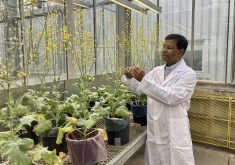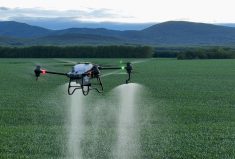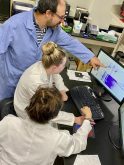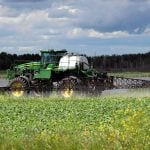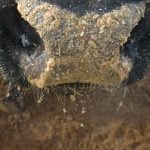[UPDATED: June 4, 2024] Alberta researchers are harnessing a high-tech concept to decontaminate grain.
The researchers are using cold plasma, which in this case was created by electrical discharge at atmospheric pressure. One of the most common uses is in florescent lighting, which creates light with little heat.
Cold plasma is the fourth state of matter, alongside solid, liquid and gas. It’s the most common form of matter in the universe, but it’s mainly found in stars.
Read Also
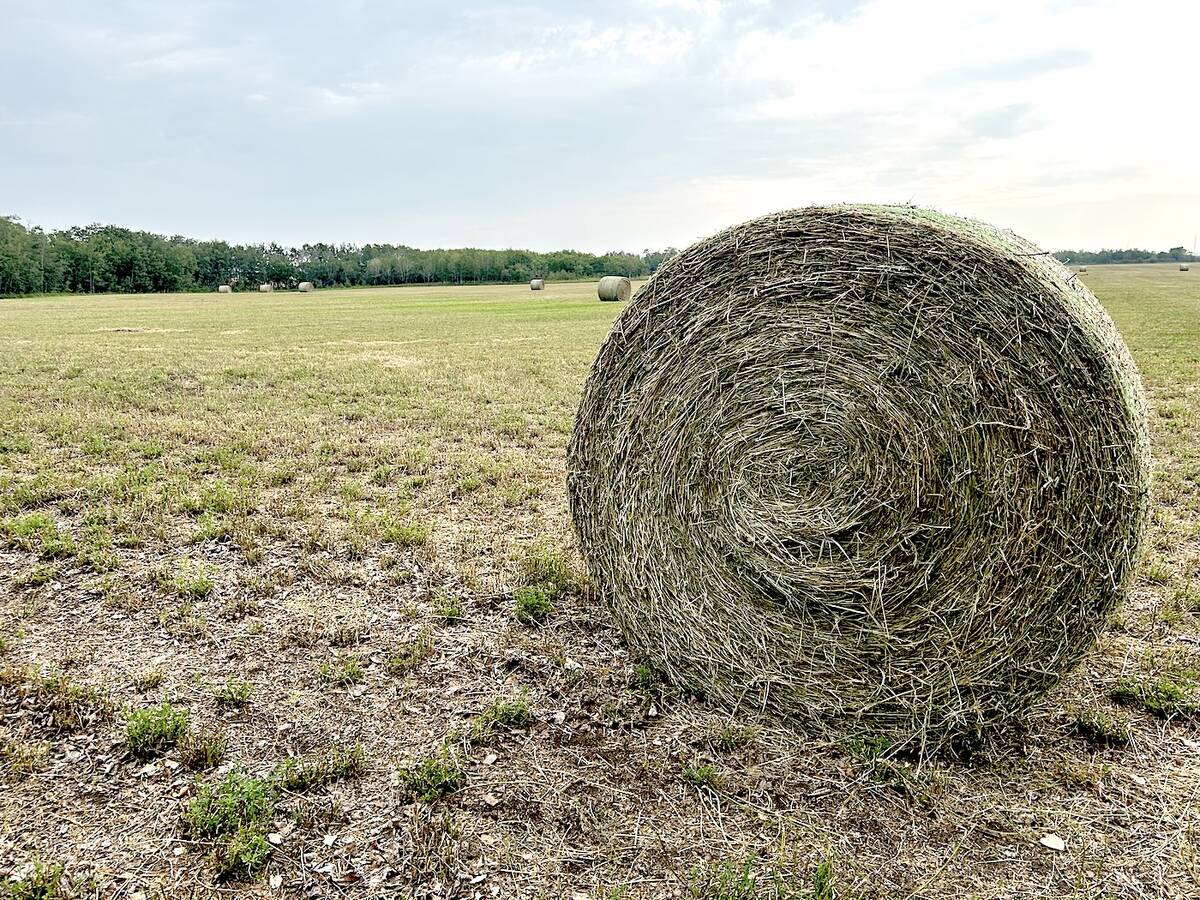
Alberta has adequate feed supplies going into winter
Hay yields across Alberta were varied, but one expert says feed supplies are in strong supply for Alberta producers for the upcoming winter.
“From the gas state, (matter) can be changed to a fourth state, which is called plasma. This plasma consists of electrons, ions, and ultraviolet light,” said Ehsan Feizollahi, a researcher who did his PhD on cold plasma.
In the food industry, it has been investigated as an antimicrobial treatment in fruits, vegetables and some meat products.
Clean up
At the University of Alberta, researchers have found a way to decontaminate grain damaged by mycotoxins, while also boosting seed germination. They chose two major mycotoxins, deoxynivalenol and zeralenone, which are both commonly found in wheat, barley and oats.
Mycotoxins are produced by fungi. Deoxynivalenol is produced by fusarium. The fungi produce mycotoxins in humid and warm conditions. Mycotoxins are not good for either human or animal health when consumed. In people they can cause diarrhea, nausea, headaches, brain and kidney damage, cancer and even death. Animals experience lower feed intake and other health effects.

Cold plasma technology can allow the food processing and livestock feed industries to create more effective, efficient ways to process grains that are safe for consumption, said Feizollahi. The researchers focussed mainly on barley.
“One of the methods was by treating normal air and creating plasma, and then treating grains using cold plasma treated air,” said Feizollahi.
Cold plasma can also be mixed with water, so researchers used plasma-treated water to steep grain, a process used in the malting industry.
The test showed that air plasma treatment degraded DON mycotoxin by 54.4 per cent after 10 minutes of treatment, and plasma activated water steeping reduced DON by 58.4 per cent.
“We substituted the normal water with plasma treated water and we used that water to treat barley grains. We noticed that treating barley grains with plasma water boosted the germination and resulted in the degradation of deoxynivalenol,” Feizollahi said.
“By treating these grains, we can prevent financial loss to the industry and prevent health effects to animals and humans that are using these grains.”
An estimated 25 per cent of grains in the world are contaminated by mycotoxins. Removing them would result in less waste and better outcomes for human and animal health.
High temperature treatment is ineffective against mycotoxins. They can be degraded using chemicals, but those have environmental effects and leave residues.
“Cold plasma is one of the methods that is a green method,” he said. “It doesn’t use any kind of chemicals. It doesn’t leave any kind of residue on the product. Also, we can create cold plasma by just using air and electricity. The electricity can be obtained from renewable resources, so it is a green technology.
“My other colleagues in the lab, they are working on different bacteria, like salmonella and e.coli.”
Fast acting
Feizollahi compared cold plasma to a sanitation material that can eliminate food borne microorganisms and mycotoxins. One benefit is the short treatment time.
“It depends on the type of mycotoxin that you want to treat, but if you want to use it for steeping, it usually takes one minute to an hour.”
As well, treatment doesn’t reduce grain quality or change beta-glucan, protein levels, water content or physical characteristics.
“The plasma has the side benefit of decontaminating the water used in the steeping process. It can kill all the other microorganisms as well in the water. We don’t need to use any kind of antibacterial in the water if you want to use this water somewhere else. We don’t need to treat it with any kind of chemicals,” he said.
The technology is open to licensing through the University of Alberta and researchers have applied for a patent.
The next step is to try the technique on a larger scale for industrial use. Feizollahi said the researchers hope to try the technology at the pilot plant scale and see whether cold plasma has the same effects.
*Update: the article was updated to correct the type of pressure that was used (atmospheric) to generate plasma and the percentage of reduction in mycotoxins that were measured.




